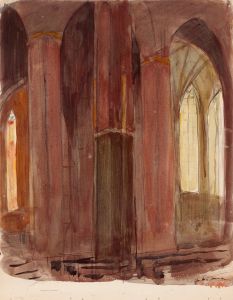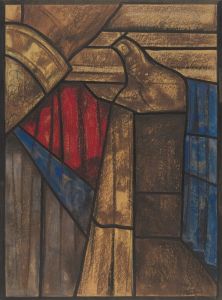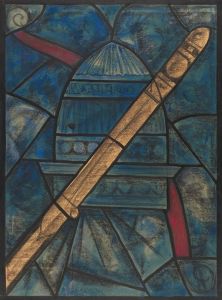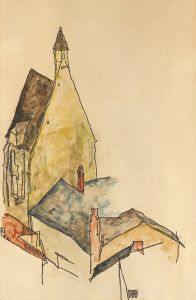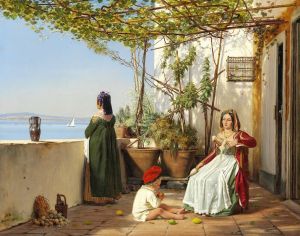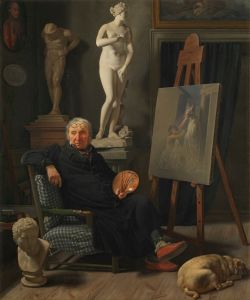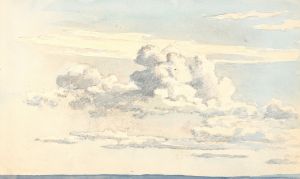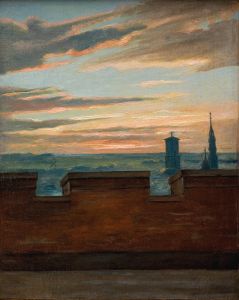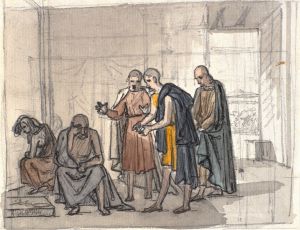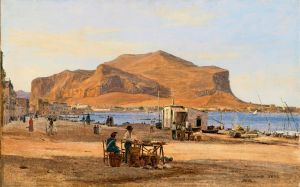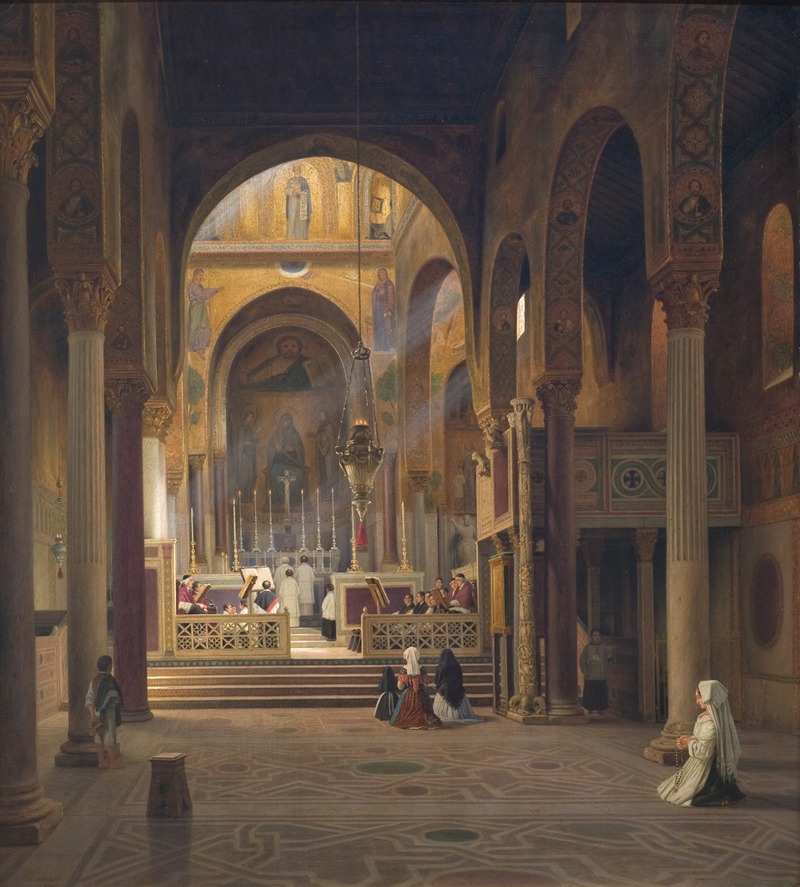
Interior of the Capella Palatina in Palermo, Italy
A hand-painted replica of Martinus Rørbye’s masterpiece Interior of the Capella Palatina in Palermo, Italy, meticulously crafted by professional artists to capture the true essence of the original. Each piece is created with museum-quality canvas and rare mineral pigments, carefully painted by experienced artists with delicate brushstrokes and rich, layered colors to perfectly recreate the texture of the original artwork. Unlike machine-printed reproductions, this hand-painted version brings the painting to life, infused with the artist’s emotions and skill in every stroke. Whether for personal collection or home decoration, it instantly elevates the artistic atmosphere of any space.
Martinus Rørbye, a Danish painter associated with the Golden Age of Danish Painting, is known for his detailed and evocative works that often capture the essence of the places he visited during his travels. One of his notable works is "Interior of the Capella Palatina in Palermo, Italy." This painting exemplifies Rørbye's keen interest in architecture and his ability to convey the intricate beauty of historical sites.
The Capella Palatina, located in Palermo, Sicily, is a chapel that forms part of the Palazzo dei Normanni, or the Norman Palace. It was commissioned by Roger II of Sicily in 1132 and is renowned for its stunning blend of Byzantine, Norman, and Arab architectural styles. This fusion is a testament to the diverse cultural influences that characterized Sicily during the Middle Ages. The chapel is particularly famous for its exquisite mosaics, which depict biblical scenes and are considered some of the finest examples of Byzantine art in Italy.
Rørbye's painting captures the interior of this magnificent chapel with a focus on its architectural and artistic elements. The artist's attention to detail is evident in the way he renders the intricate mosaics and the ornate decorations that adorn the chapel's walls and ceilings. The use of light in the painting highlights the shimmering gold and vibrant colors of the mosaics, bringing to life the opulence and spiritual grandeur of the space.
The composition of the painting likely reflects Rørbye's interest in perspective and depth, drawing the viewer's eye into the chapel and inviting them to explore its sacred beauty. The inclusion of architectural details such as the arches and columns showcases Rørbye's skill in depicting complex structures with precision and clarity. This attention to architectural elements is a hallmark of Rørbye's work, as he often sought to document the places he visited with both artistic flair and historical accuracy.
Rørbye's travels throughout Europe, including his time in Italy, were instrumental in shaping his artistic vision. His journey to Palermo and his subsequent depiction of the Capella Palatina would have provided him with the opportunity to study and appreciate the rich cultural heritage of the region. This experience is reflected in the authenticity and depth of his portrayal of the chapel's interior.
"Interior of the Capella Palatina in Palermo, Italy" is a testament to Martinus Rørbye's ability to capture the essence of historical and architectural marvels. Through his meticulous attention to detail and his appreciation for the interplay of light and color, Rørbye offers viewers a glimpse into the splendor of one of Sicily's most treasured sites. His work not only serves as an artistic record of the Capella Palatina but also as a celebration of the diverse cultural influences that have shaped the history of the Mediterranean region.





![Interior of the mosque of the Sultan El Ghoree [Masjid al-Ghuri].](/imgs/217498/s/david-roberts-interior-of-the-mosque-of-the-sultan-el-ghoree-masjid-alghuri-97814173.jpg)
